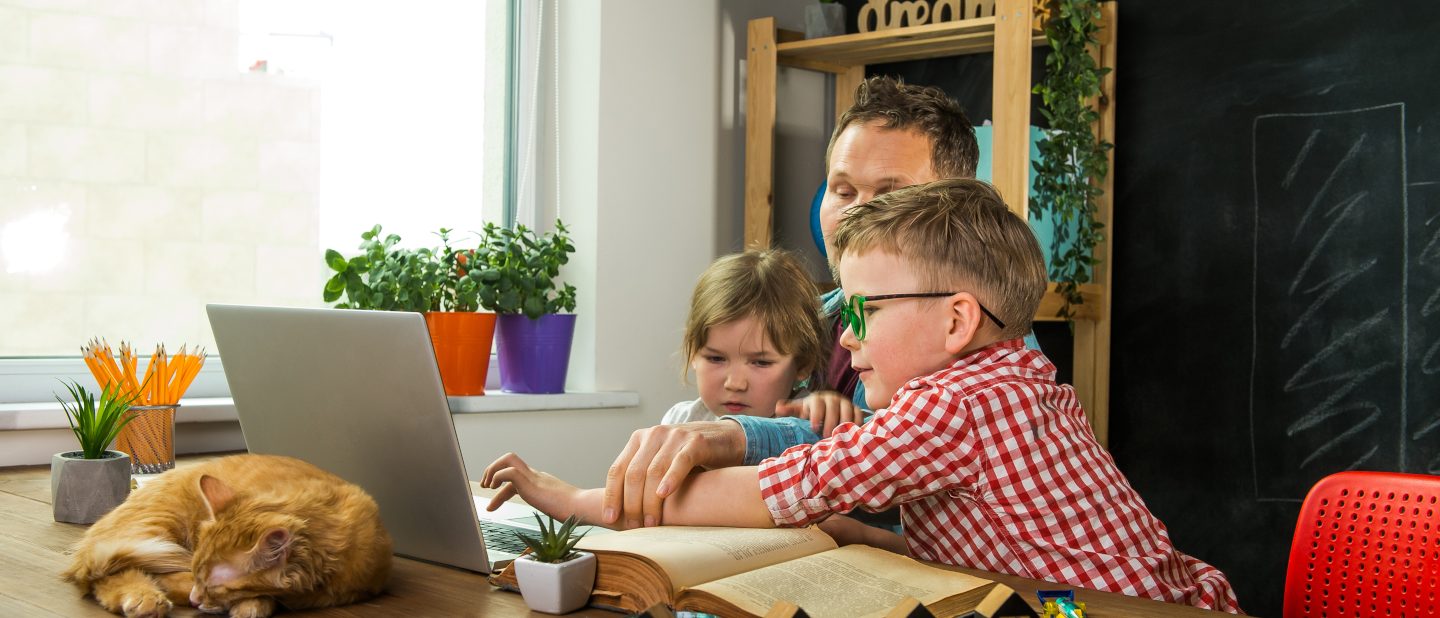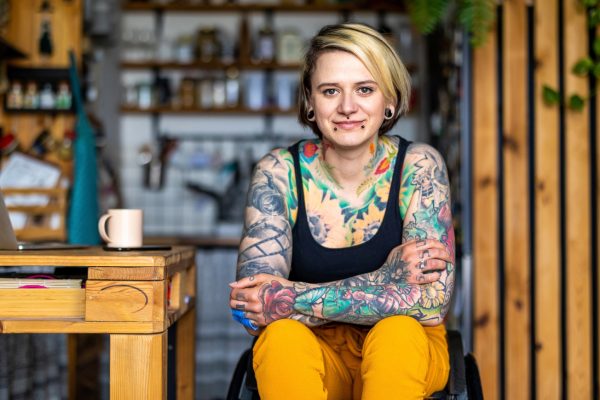
Ways your OT can help you maintain balance at home
By Amy Oman (Whitten)
There are many ways that we can explain the role of an occupational therapist. As defined by Occupational Therapy Australia “occupational therapists use a whole person perspective to work with individuals, groups and communities to achieve optimal health and wellbeing through participation in the occupations of life”. Defining the role of an occupational therapist can sometimes be challenging and confusing, therefore I want to focus the remainder of this piece on the ‘whole person perspective’ and what this means for occupational therapists working with children and families.
The importance of the ‘whole person perspective’ connects to what we call conceptual models in occupational therapy. These models help guide an occupational therapist’s thinking processes and decision making, they support the complex process to consider a child’s values, motivation, ability to complete daily activities and routines, and importantly their family network.
The ‘whole person perspective’ encompasses a significant consideration for mental health, extending its focus beyond the individual child and encompassing the well-being of the entire family unit.
To better grasp this concept, let’s envision your family as an intricately interconnected system of cogs, each fitting together flawlessly and spinning harmoniously in unison. As a parent or primary caregiver, you are the central cog—when you encounter obstacles or become immobile, the entire system comes to a halt. Similarly, when one of your children faces challenges that impede the smooth rotation of their cog, it disrupts the flow of your family, impacting usual routines and dynamics.
We are all aware that the last few years has taken a toll on us in many different ways. Life, however, has not slowed down, demands are increasing, cost of living is growing, there never seems to be enough time in the day! Thinking about everyone in your family finding ways to ensure the cogs are running as smoothly as possible is important.
So, what can you do to help the cogs continue to flow smoothly? The below are thoughts to consider and questions you can ask your child’s occupational therapist.
PLANNING
Clear plans provide children with structure and expectation. It helps children feel prepared and in control of what to expect for their day.
Ideas to explore with your occupational therapist:
• Would my child benefit from visual supports
• What can we do to help our child when plans have to change
ORGANISATION
Organisation involves more than just assigning specific places for items; it also pertains to the way we structure and complete each step of a task. Seek support from your occupational therapist to develop strategies such as:
• How can I support my child to learn to follow more than one instruction
• What else can we do to arrange or organise our home to help our daily routines
EMOTIONAL REGULATION
Large emotions can often be a form of communication for children that do not know how to respond with words. Children need to learn and rely on your support to regulate their emotions while they learn strategies to do this on their own.
Seek support from your occupational therapist to:
• Help develop emotion and feelings resources and ways you can implement these at home
• Explore your child’s sensory system and what regulation activities can be in their ‘tool kit’ to help build self-regulation strategies
GRATITUDE
Cultivating gratitude involves expressing appreciation and kindness. Integrating activities centred around gratitude into your daily routine can help your family develop strength and resilience. Don’t hesitate to ask your occupational therapist for age- appropriate ideas that you can implement at home.
By Amy Oman (Whitten)
Founder – Senior Occupational Therapist, explorelearnmove.com.au







